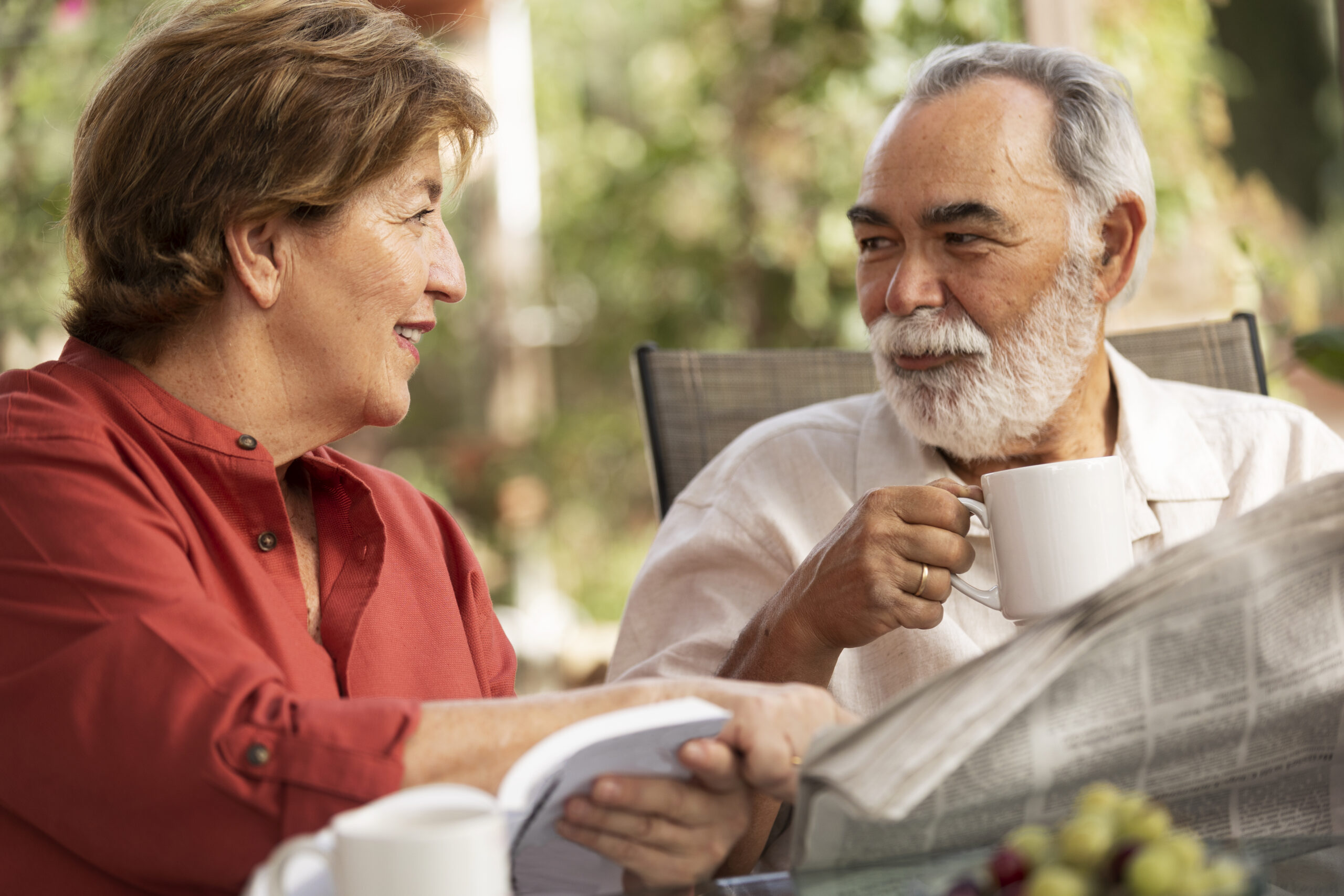As adult children, we naturally want to protect our aging parents. We worry about falls, medication management, financial decisions, and health emergencies. Safety becomes a top priority — and understandably so.
At the same time, older adults deeply value their independence. The ability to make choices, pursue hobbies, maintain routines, and live according to personal values is central to their sense of dignity and meaning. When independence is restricted, even with the best intentions, it can feel like life itself is shrinking.
This creates a familiar tension: how do we keep our parents safe without taking away what makes life meaningful?
Why Safety and Independence Are Both Essential
-
Safety without independence: Over-monitoring, removing autonomy, or limiting daily activities may prevent accidents, but it can also lead to frustration, depression, and a loss of identity. When every decision is dictated by safety concerns, life can feel empty, even if your loved one is physically protected.
-
Independence without safety: Letting older adults make all decisions freely can support autonomy and personal fulfillment, but it may expose them to risks — falls, medication errors, or financial scams. A serious incident can drastically reduce quality of life, sometimes permanently.
Shifting the Focus to Quality of Life
The ideal approach is not choosing between safety or independence, but finding a balance that maximizes quality of life.
-
Collaborative planning: Involve your parent in decisions. Ask what matters most to them — not just what you worry about.
-
Adaptive solutions: Consider modifications that preserve independence while reducing risk, such as grab bars in the bathroom, medication organizers, or alert systems that don’t intrude on daily life.
-
Gradual adjustments: Small, targeted changes often work better than sweeping restrictions.
-
Emotional support: Encourage social engagement, hobbies, and routines that maintain purpose, even while implementing safety measures.
The Goal: Meaningful and Safe Living
Quality of life is highest when older adults feel respected, empowered, and secure. When safety measures protect without controlling, and independence is supported without unnecessary risk, everyone wins. Adult children feel peace of mind, and parents feel dignity and purpose.
Remember: safety keeps life possible, but independence keeps life meaningful. The sweet spot is quality of life at the center.





